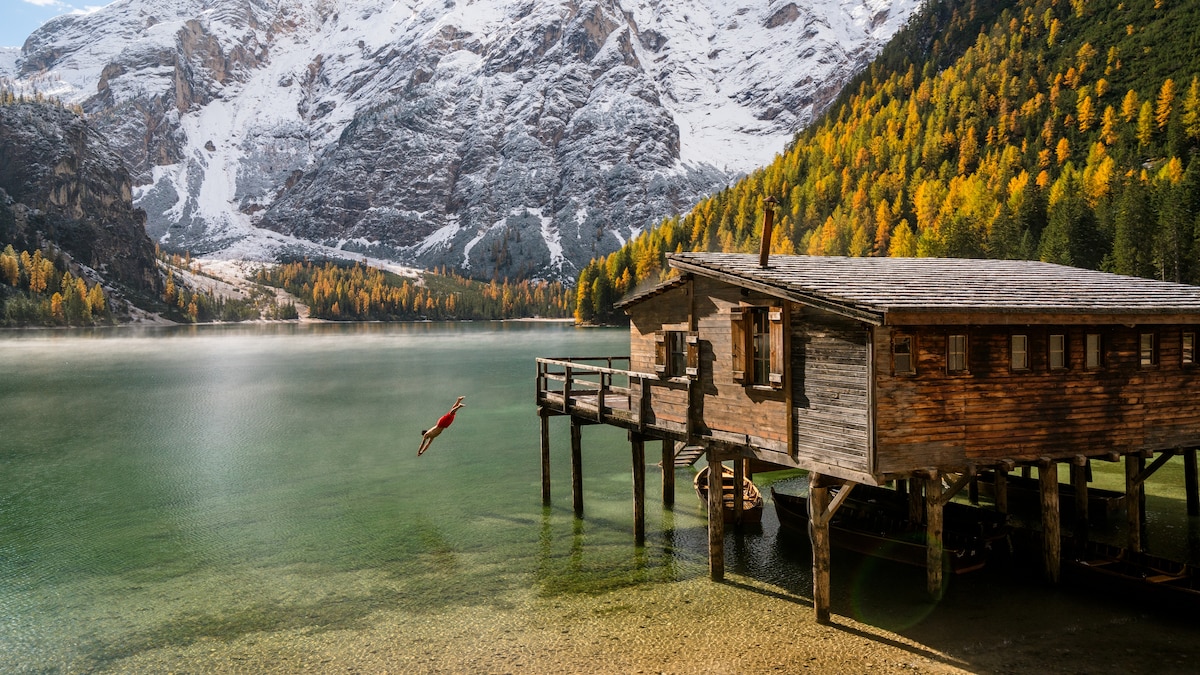Why go: A big five safari destination with a fraction of the traffic
In the lush landscapes of Akagera National Park, lions, zebras, leopards, giraffes, elephants, and more than 500 species of birds thrive. Established in 1934 along Rwanda’s eastern border, the park’s expansive savanna, rolling green woodlands, and snaking waterways are ideal for wilderness enthusiasts seeking a safari without crowds. Akagera sees an average of only 50,000 visitors a year, making it a quieter alternative to popular parks such as Tanzania’s Serengeti National Park (350,000 visitors) and Kenya’s Masai Mara National Reserve (300,000 visitors).
Thirty years ago, Rwanda’s largest national park looked drastically different. In the mid-1990s, poaching and deforestation during and after Rwanda’s civil war decimated Akagera’s landscapes and wildlife. For the past decade and a half, African Parks and the Rwanda Development Board have been working to rehabilitate the park. The big five and many other animal species now flourish on the plains of Akagera. After a successful rhino translocation from South Africa in 2021, another 70 white rhinos were relocated to Akagera in May 2025, positioning the park as a conservation hub for threatened species.
As wildlife flourishes, more hospitality options are springing up. Recent developments in the south of Akagera—the most accessible sector from Kigali—include the extensive renovation of Karenge Bush Camp. In the northern sector, Wilderness Magashi Peninsula, a high-end, intimate safari camp, has opened on Akagera’s remote Magashi Peninsula, contributing to the small lineup of tented suites and lodges that make the park’s exciting wildlife encounters even more accessible. – Alicia Erickson
Want to plan a safari in Rwanda? Our destination spotlight for Akagera National Park has information about the game drives, boat safaris, and hot air balloon rides offered in the park.

